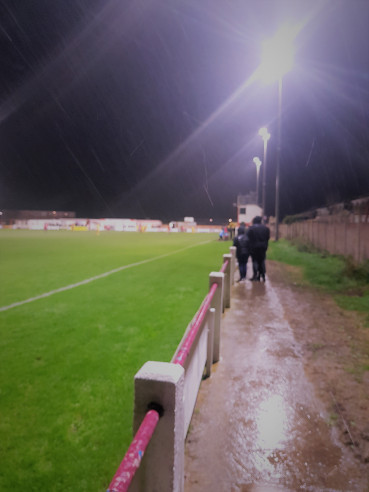Download links for: A Sense of Urgency


Reviews (see all)
Write review
Should be required reading for all project managers & strategic business executives.
Had some good points, but it was so repetative!
Rehash of previous work stretched out.
Other books by Nonfiction
Other books by John P. Kotter
Related articles












